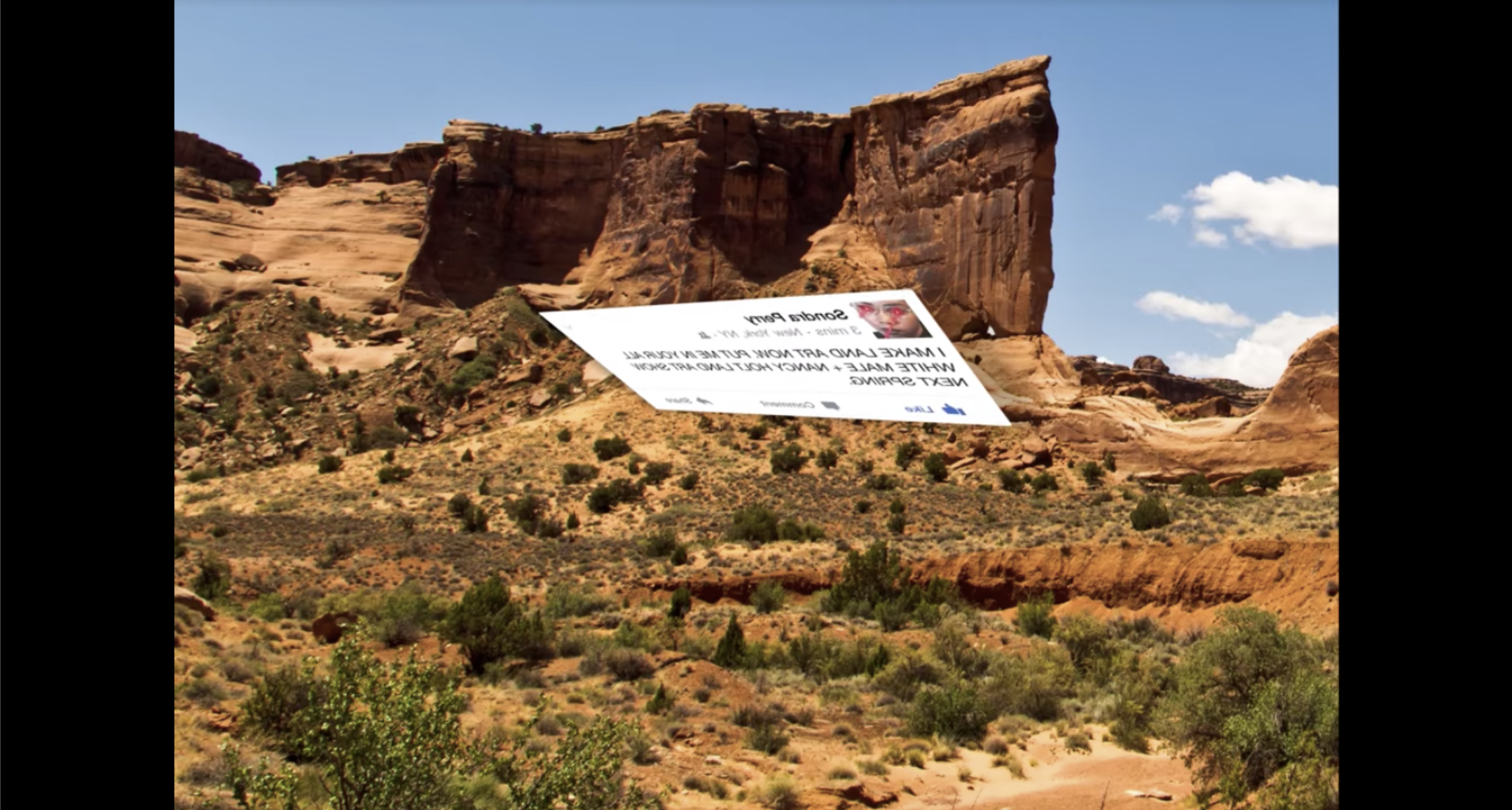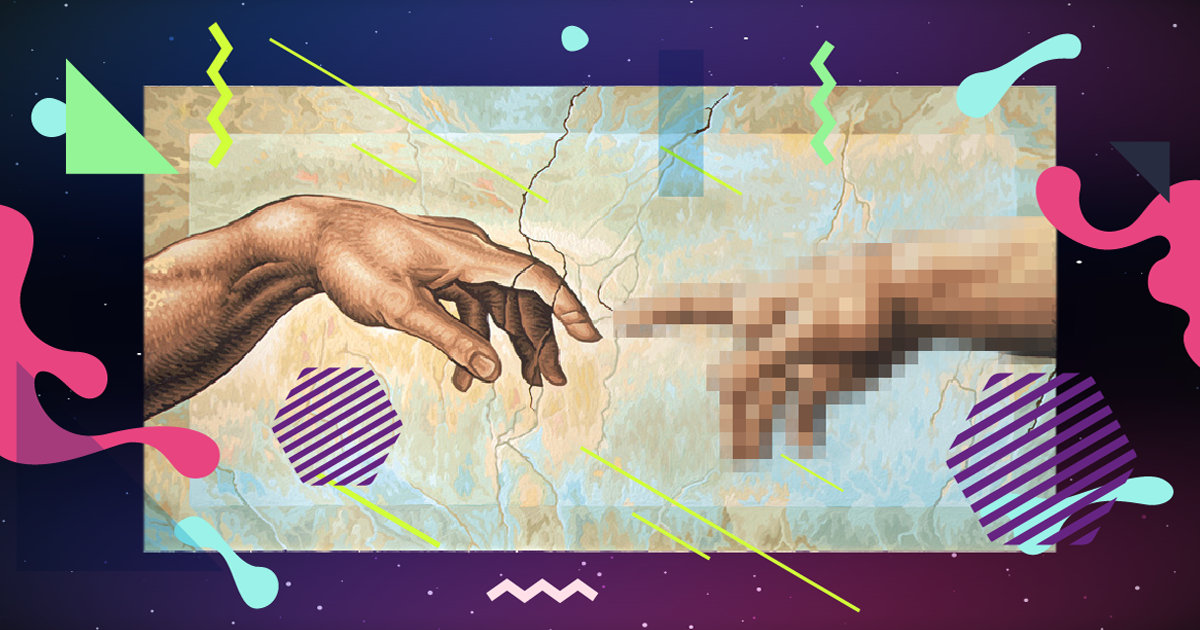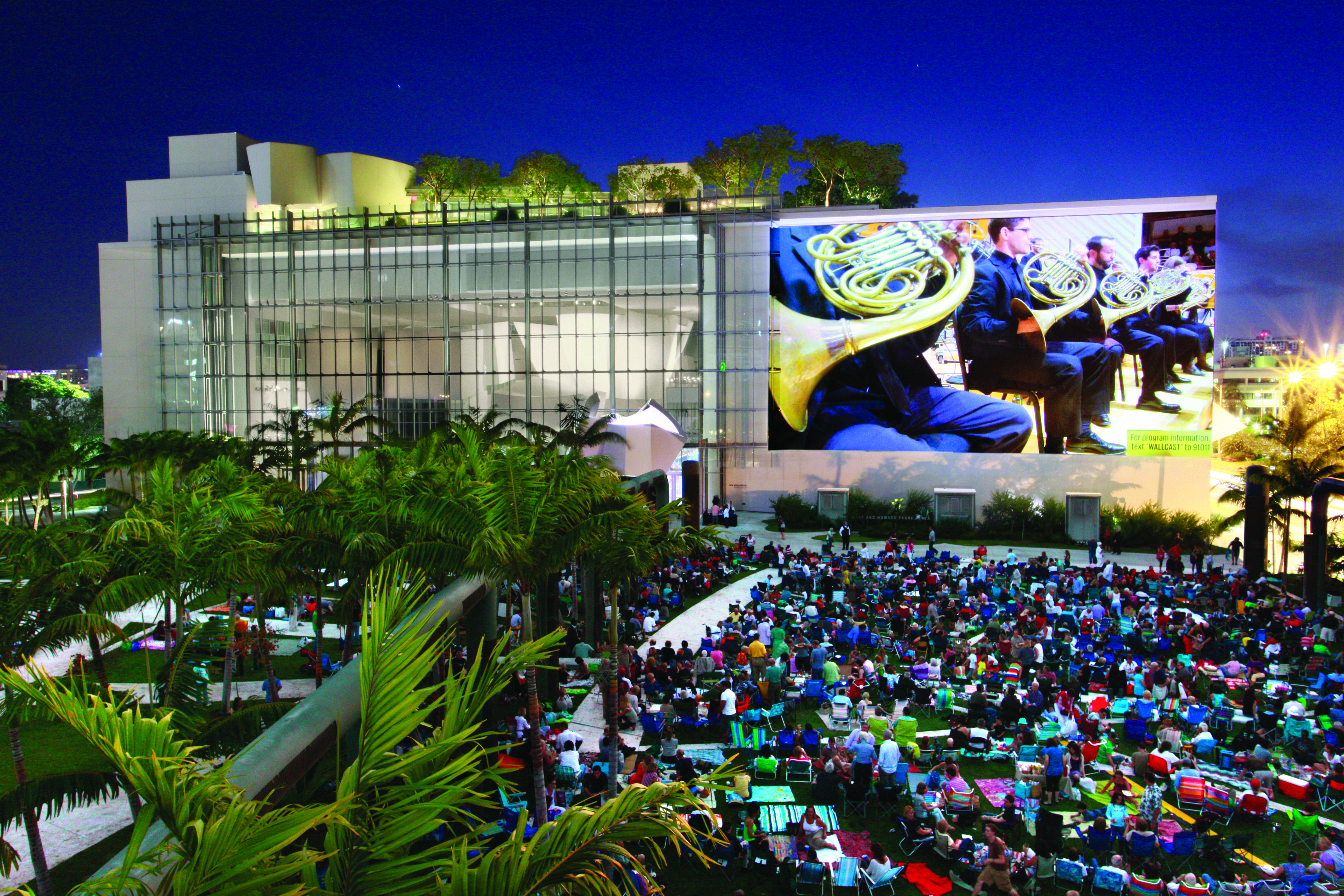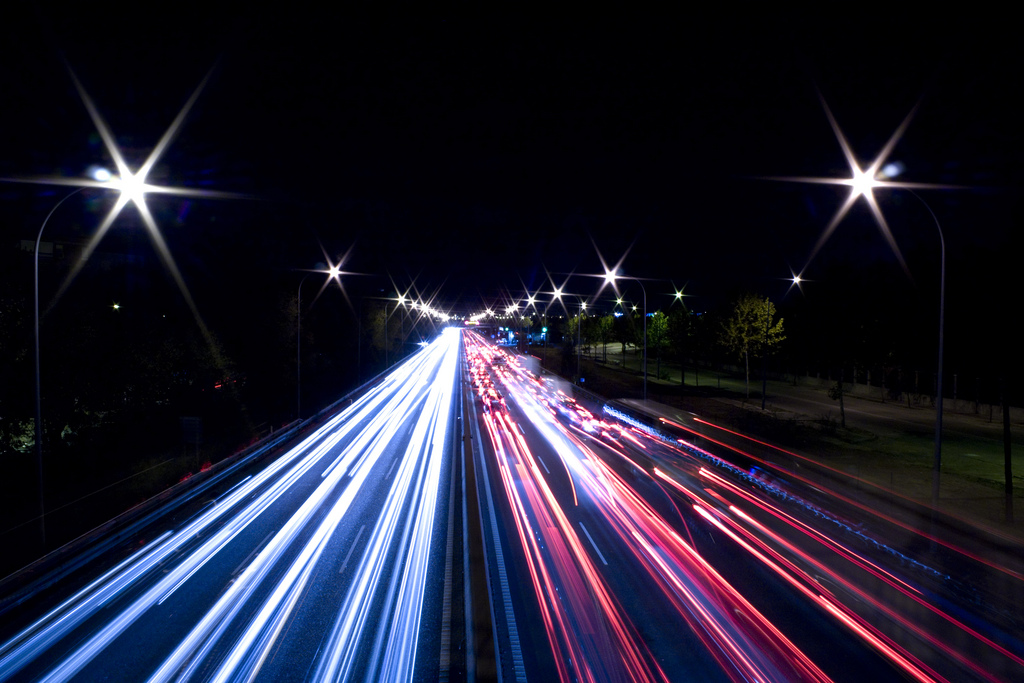
On art and technology: The power of creating our own worlds
What are the opportunities for technology in the arts – and what threats does it pose? Knight Foundation, which recently launched an open call for ideas to use technology to connect people to the arts, asked leaders to answer that question. Here, artist and researcher Mimi Onuoha talks about the possibilities the arts and tech offer to create new worlds.
Every so often, I am asked why I chose to become an artist. I dread this question, largely because I’m reluctant to say I actively made a choice. If anything, I drifted into the field because it was one of the few that allowed for (and even encouraged) creating things that could live outside of and slip in between rigid frameworks. The field promised broadness. To me, the title artist said nothing about one’s medium, message or format. It spoke instead to a certain type of wideness, a flexible approach to considering the world.
Regardless of the reason behind it, as a result of that decision, I find myself often considering what approaches to the world I take for granted. In 1960, the inimitable James Baldwin told a university audience that, “The world is before you and you need not take it or leave it as it was when you came in.” I think of this line often. Each time, my mind gets caught, like thread on a hook, at the same question: exactly whose world is before me?
When I reach for my phone, I feel that I am being pulled into one vast world. Silicon Valley, the physical and ideological region, does not just produce mobile applications, websites, software and platforms. It produces products that live in the world and then go on to create worlds. These created worlds (which mask their creators) share a certain frictionless quality. They are frictionless in the sense that they are designed to make us spend more time on and within them. In the same way that casinos are carefully free of clocks, our websites and social media apps beckon for us to keep scrolling, gazing. They promise that the longer we stay, the better treasures we’ll find, and the things we might give up become forgotten in the process.
I fell into being an artist because of the freedom the title afforded me, but I remain one because it has offered me a means for chasing my belief in the power of creating our own worlds, and our own visions for the world. To do this is a difficult task. It’s difficult for the same reasons I find it so easy to become consumed by the worlds my phone offers me: because it is full of friction. Like good art, the act of envisioning a different world contains a tension to it. It calls for us to stop, to pause, to reconsider. It suggests that we might have to trade the luxury of accepting a more comfortable existence for the hard work of seeing just why it was so comfortable in the first place.
But it also offers great gains. So often we forget that the social systems and structures that we take for granted are human inventions. They have crystallized into realities, but if they can take form, then why not those from our own heads? Whose world is before us, and more importantly, whose world could be?
-
-
-
Arts / Article
-
Arts / Article
Recent Content
-
Artsarticle ·
-
Artsarticle ·
-
Artsarticle ·





